- Joined
- Sep 10, 2024
- Messages
- 962
- Points
- 353

If the rings were to receive any stress I would have soldered the rings.
Would liver of sulfur blacken the solder as well?
 |
As a way to introduce our brass coins to the community, we will raffle off a free coin during the month of August. Follow link ABOVE for instructions for entering. |
 |
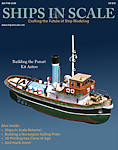 |
The beloved Ships in Scale Magazine is back and charting a new course for 2026! Discover new skills, new techniques, and new inspirations in every issue. NOTE THAT OUR FIRST ISSUE WILL BE JAN/FEB 2026 |
 |

If the rings were to receive any stress I would have soldered the rings.
It does blacken silver solder pretty well. Not sure about soft solder.Would liver of sulfur blacken the solder as well?
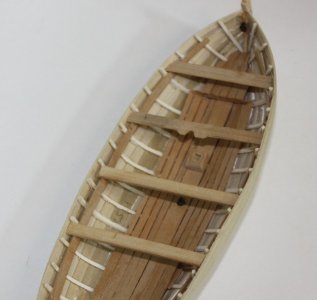
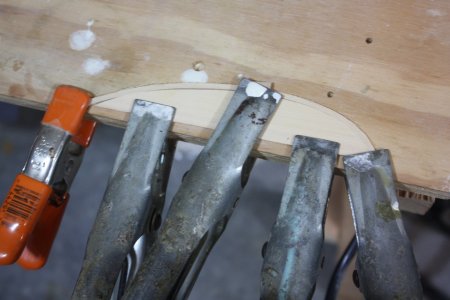

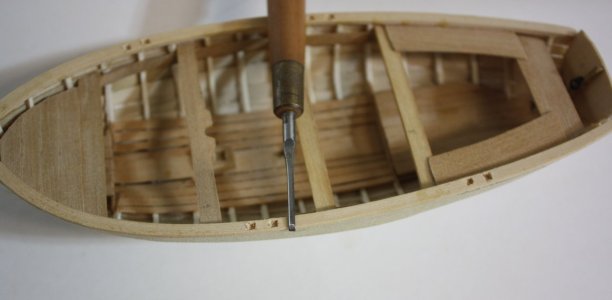


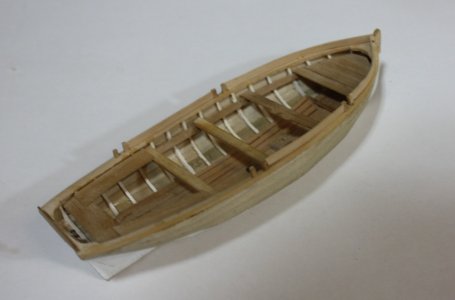




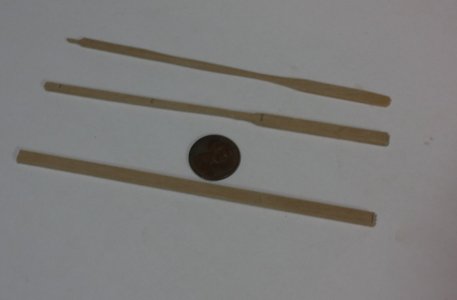
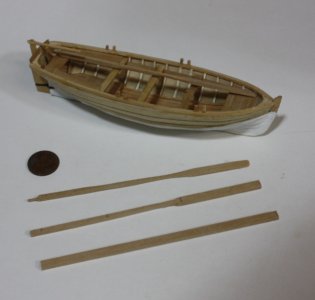

The dimensions indicate it was square, ...
So tell me what you really thinkRound
Haha! ‘Ask a simple question, get a simple answer’ seems to be the exception rather than the rule on SoS!So tell me what you really think
Thanks Draft Brew If I write Draft Be_r the emoji pops up. How can this be avoided?


